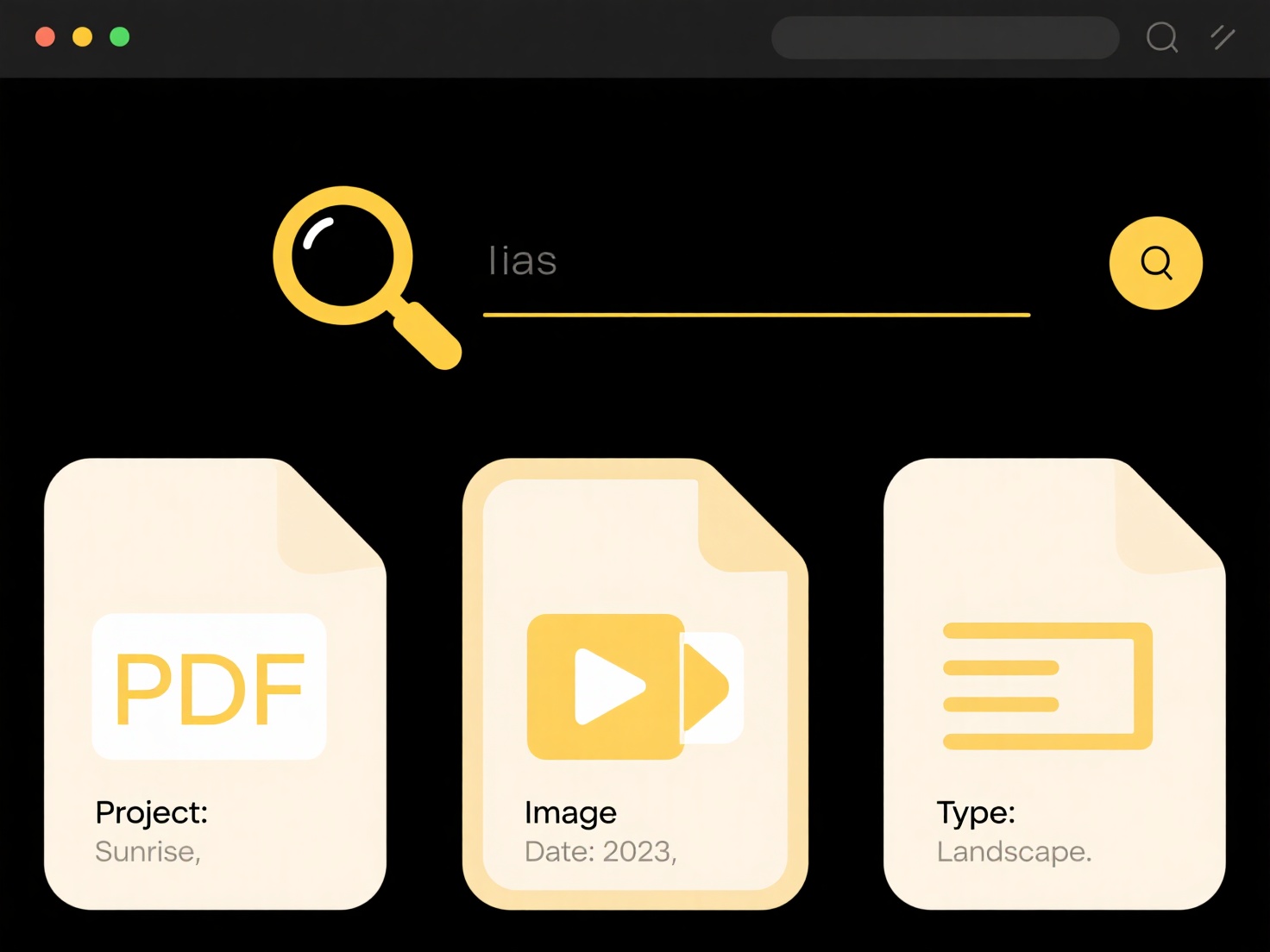
Cloud backups involve copying files from your computer or devices to secure remote servers via the internet. How often you should back up depends on two key factors: the critical importance of the data and how frequently it changes. Files modified daily, like work documents, need more frequent backups than rarely accessed photos. This differs from local backups (external drives) primarily in off-site location, protecting against physical disasters like fire or theft, and often enabling easier access from anywhere.
For essential documents (business spreadsheets, personal finance records), daily or continuous sync is common using cloud services like Google Drive, OneDrive, or Dropbox. Creative professionals often back up project files immediately after significant changes. Less dynamic data, such as personal photo collections, can typically be backed up weekly or monthly without significant risk of major data loss, as changes are infrequent.

Advantages include robust protection against hardware failure, theft, or natural events, plus accessibility from any device. Limitations involve reliance on internet speed and ongoing subscription costs. Ethically, choose reputable providers with strong encryption to protect privacy. Future developments like smarter sync (backing up only changed sections of files) improve efficiency. For most users, balancing frequency against data value and change rate ensures cost-effective protection without undue hassle.
How often should I back up local files to the cloud?
Cloud backups involve copying files from your computer or devices to secure remote servers via the internet. How often you should back up depends on two key factors: the critical importance of the data and how frequently it changes. Files modified daily, like work documents, need more frequent backups than rarely accessed photos. This differs from local backups (external drives) primarily in off-site location, protecting against physical disasters like fire or theft, and often enabling easier access from anywhere.
For essential documents (business spreadsheets, personal finance records), daily or continuous sync is common using cloud services like Google Drive, OneDrive, or Dropbox. Creative professionals often back up project files immediately after significant changes. Less dynamic data, such as personal photo collections, can typically be backed up weekly or monthly without significant risk of major data loss, as changes are infrequent.

Advantages include robust protection against hardware failure, theft, or natural events, plus accessibility from any device. Limitations involve reliance on internet speed and ongoing subscription costs. Ethically, choose reputable providers with strong encryption to protect privacy. Future developments like smarter sync (backing up only changed sections of files) improve efficiency. For most users, balancing frequency against data value and change rate ensures cost-effective protection without undue hassle.
Quick Article Links
Why does my file open with the wrong application?
Files typically open with unexpected applications when your operating system’s default file associations are changed. Ea...
How do I organize folders to improve search results?
Folder organization involves structuring files in a hierarchical system of directories (folders) based on specific attri...
Can I batch rename files with colored tags?
File tagging systems assign visual color labels to files as part of the operating system's metadata (like macOS Tags or ...